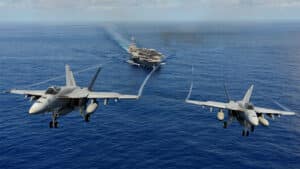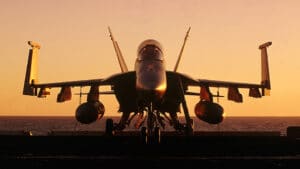Aerospace
These are some of the factors that make the Boeing FA-18 to India a likely strong contender.
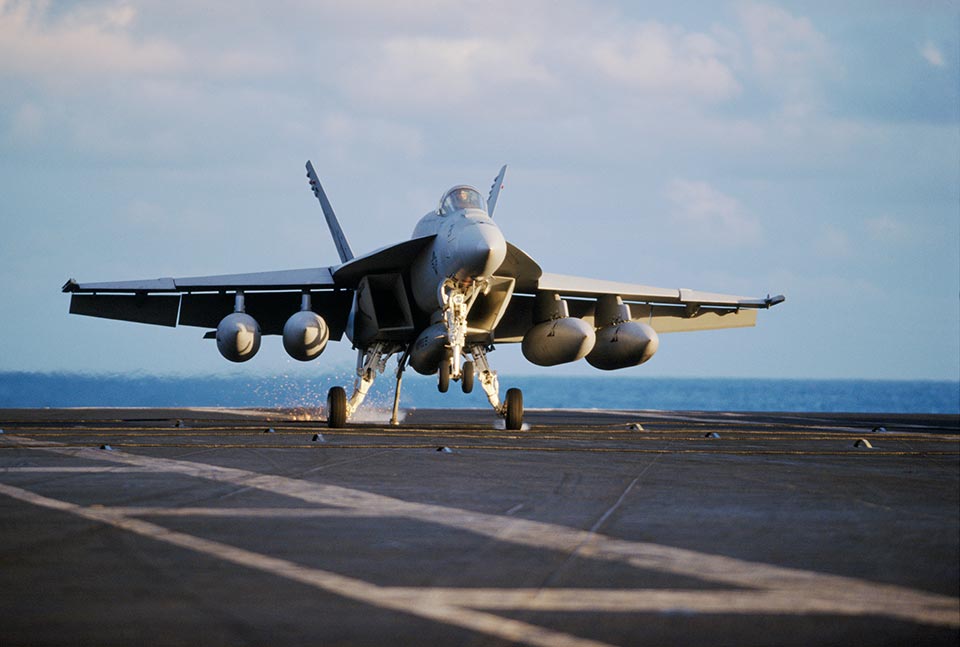
The F/A-18 Super Hornet Block III on offer to the Indian Navy is the world’s most advanced, combat proven, multi-role frontline naval fighter that offers unique and differentiated capabilities and full compatibility with Indian Navy carriers.
The F/A-18E/F Block III Super Hornet was designed as a carrier-based fighter for high-load, high-stress operations. It requires little support equipment and has the lowest cost per flight hour to operate with high mission readiness rates. The Block III Super Hornet, being the US Navy’s frontline fighter with over 700 aircraft in service across the world, provides prospects for naval aviation cooperation between the US and Indian militaries. Because it interfaces with assets like the P-8I, the F/A-18E/F Block III Super Hornet can operate as a force multiplier for the Indian Navy.
- COMPATIBILITY OF CARRIER
Both INS Vikramaditya and INS Vikrant are fully compliant.
For carrier lift fitting, a safe and reliable wing-fold option is available.
On deployment, there is no risk of structures (Radome Cone, Wing Tip Rails) being removed.
- INTEROPERABILITY
P-8I interface and other U.S.-origin helicopters, as well as future carrier-based unmanned systems, are enabled by advanced network architecture.
Who will win the Indian Navy’s new fighter jet contract? F/A 18 or Rafale
- VALUE FOR TWO SEATS
The two-seater model is suitable for carrier sorties, as well as land-based missions and training.The Super Hornet is available in single and two-seater versions to the Indian Navy. The two-seater configuration, in particular, will provide the Indian Navy with several distinct advantages, including the ability to meet all missions ashore and on the carrier, increased fleet utilisation, and the ability to successfully complete those missions from the carrier that benefit from having a second crew. Two-seater carrier compatible aircraft will aid the interface between manned and unmanned systems in a carrier environment as the Indian Navy introduces unmanned carrier borne platforms.
- COOPERATION IN NAVAL AVIATION
There are 11 active aircraft carriers, with 700+ F/A-18s. Growlers and Super Hornets in action Opportunities for carrier integration, training, and technology transfer through collaboration. The Indian Navy’s introduction of the F/A-18 Super Hornet would considerably boost naval aviation cooperation, sharing of operational best practises, and interoperability between the two navies, as the US Navy operates over 700 F/A-18 Super Hornets and Growlers. The F/A-18 Super Hornet has the potential to foster collaboration between the two navies in areas such as carrier integration, training, and technology transfer, among other things.
- INDIA FOR INDIA’S SUSTAINABILITY
Optimize India Services expertise to boost mission readiness, availability, and competitive lifecycle costs by leveraging scale and efficiency with the common LCA Tejas engine family.
What is the Boeing P-8I in the Indian Navy used for?
- SKI-JUMP LAUNCH
Boeing and the US Navy demonstrated the F/A-18 Super Hornet’s ability to operate off a “ski jump” ramp in December 2020, confirming the aircraft’s potential for India’s aircraft carriers. The experiments, which took place at Naval Air Station Patuxent River, MD, demonstrated that the Super Hornet would work well with the Indian Navy’s Short Takeoff but Arrested Recovery (STOBAR) technology and backed up previous Boeing simulations.
Mind blowing facts about US Navy F/A 18 super Hornet fighter jet
- 10,000- HOUR LIFE SPAN
The airframe has a 10,000-hour life span. This means it has a long lifecycle built in for future upgrades and enhancements, and depending on the Indian Navy’s needs, our ‘By India – For India’ sustainment programme, which is based on other successful sustainment programmes that Boeing is currently executing for the Indian Air Force and the Indian Navy, will enable India to develop capabilities to sustain the F/A-18 Super Hornet.
Boeing signs pact to make F/A-18 Super Hornet fighter jets in India

Aerospace
When Ratan Tata was denied entry to the airfield at the Aero India show, he waited

During our visit to Aero India 2019, we had the unexpected opportunity to see Ratan Tata at the event, which was a thrilling moment for us. However, there was a surprising hiccup when the security staff didn’t allow him to enter due to a lack of a security pass.
Despite this, he remained calm and patiently waited for about 20 minutes until a member of the Tata team brought him the required pass, after which he calmly proceeded inside. It was a humbling sight, showcasing his composed demeanor even in such situations.
Ratan Tata ji is not only a renowned industrialist but also a trained pilot, holding a pilot’s license. In 2007, he became the first Indian civilian to fly the F-16 Falcon during the Aero India show in Bangalore—a proud moment for the nation.
His passion for aviation extended beyond flying, as he played a key role in shaping India’s aerospace industry. Under his leadership, Tata ventured into manufacturing and maintaining aerospace components while upholding its legacy of quality. Notably, Tata’s collaboration with Airbus to develop and manufacture the C295 aircraft is a testament to its growing influence in the sector.
-

 Aviation2 months ago
Aviation2 months agoBoeing confirms 797: A New Era for Mid-Size Aircraft
-

 Aviation1 month ago
Aviation1 month agoMicrosoft Flight Simulator Raises $3 Million to Bring Back the An-225 Mriya
-

 Aviation2 months ago
Aviation2 months agoLockheed and Tata Team Up to Build C-130J MRO Facility in India
-
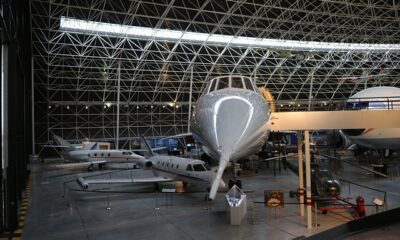
 Tech2 months ago
Tech2 months agoChina Developing Jet to Travel Anywhere in Two Hours
-

 Airlines2 months ago
Airlines2 months agoQantas Engineers Stage Walkout Over Cost of Living Concerns
-

 Airlines1 month ago
Airlines1 month agoQatar Citizens Can Travel to the United States Without a Visa
-

 Aviation2 months ago
Aviation2 months agoBoeing Offers 25% Pay Increase & Promise to Build Next Plane in Seattle
-
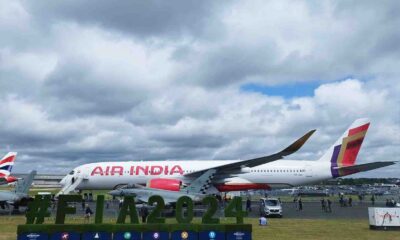
 Airlines2 months ago
Airlines2 months agoIndian Government Approves Air India and Vistara Merger

